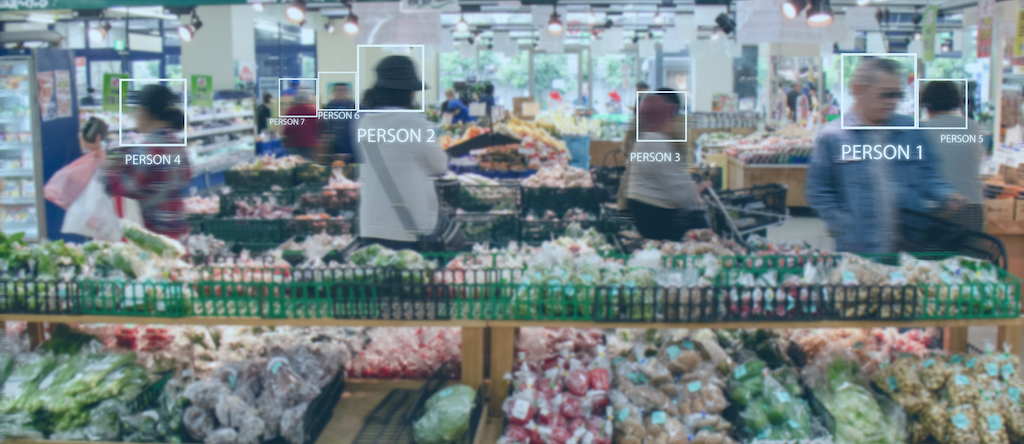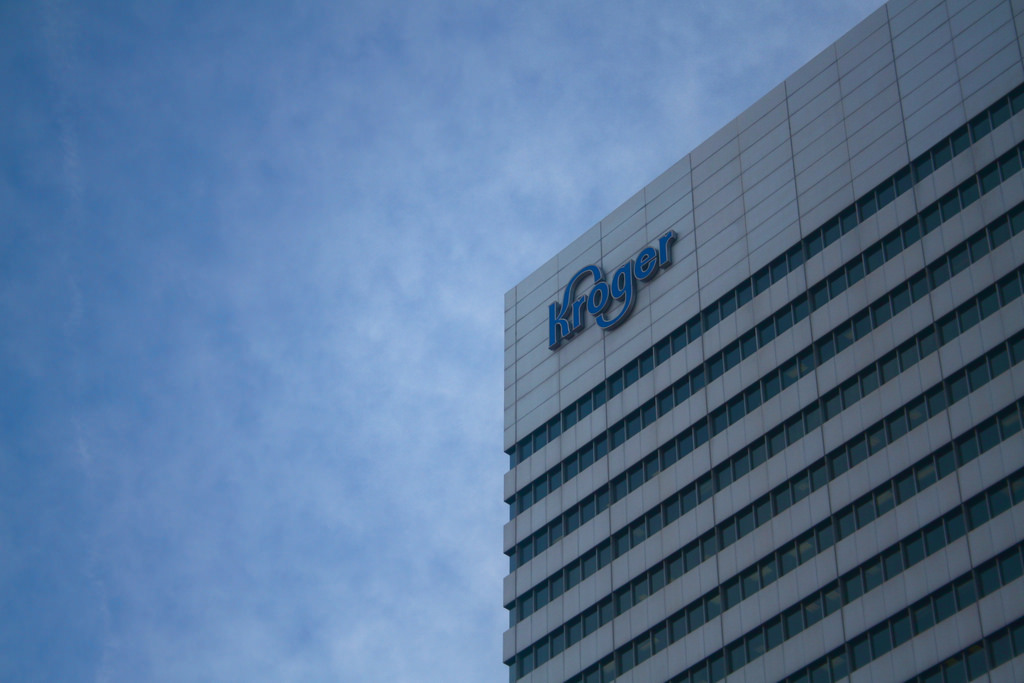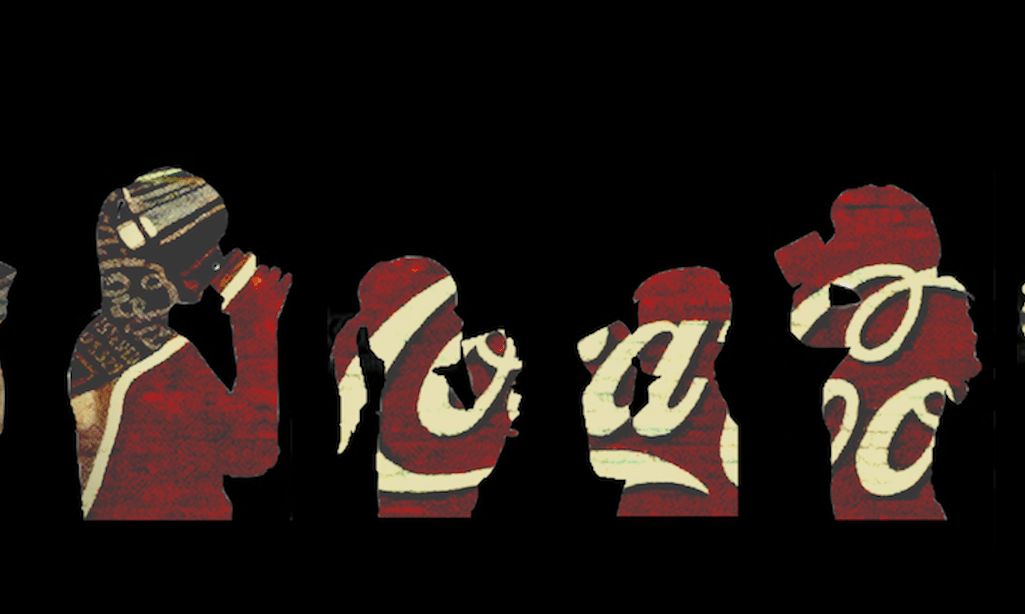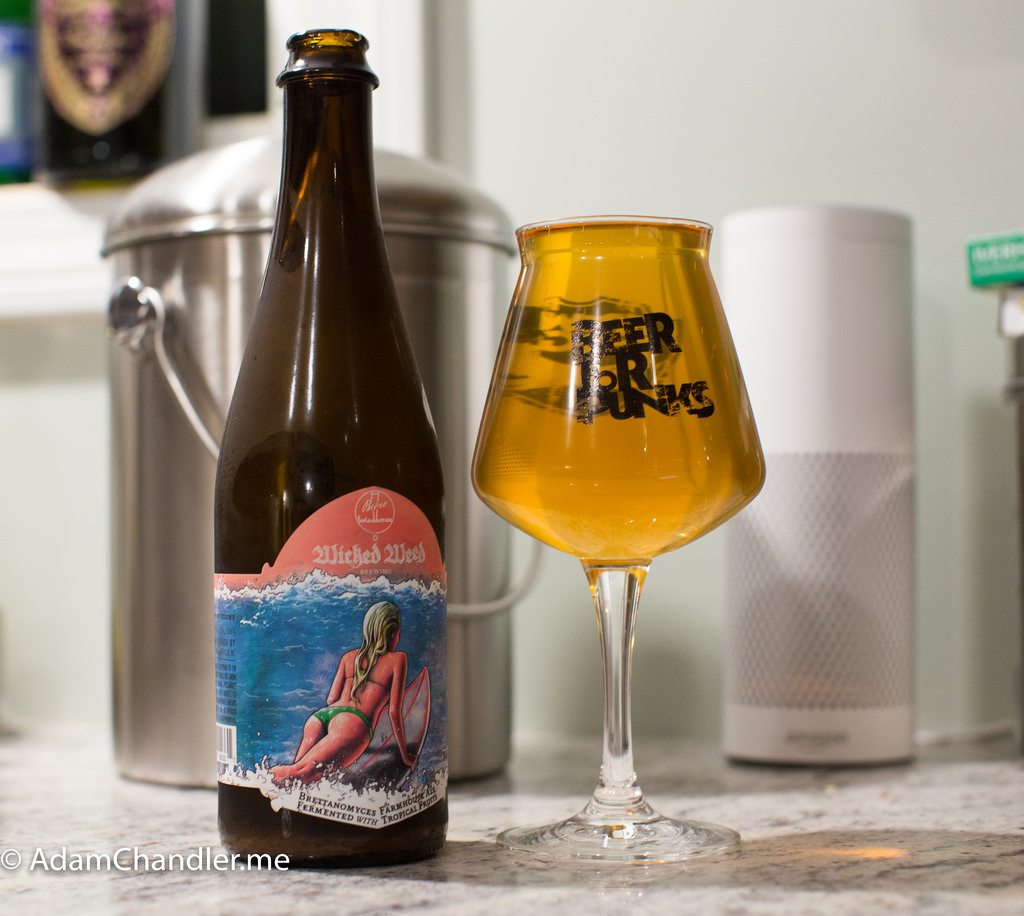
Ekkasit919/iStock
These days, it’s entirely unremarkable for a wristwatch you thought you were going to buy online but decided against to take on a life outside its online shopping cart, following us across the internet through banner advertisements and Instagram posts before winding up in our emails as an ad. What isn’t yet commonplace are pints of ice cream that we picked up and put back following us through physical stores, and appearing at the end of the long checkout line when our willpower is significantly diminished.
That may change soon. According to the Associated Press, Kroger is testing cameras embedded in price signs on shelves at stores in the suburbs of Cincinnati and Seattle. They’re designed to guess a shopper’s gender and age, but the company claims they don’t store any data. At Walgreens, new coolers have been installed in four cities that display video screens instead of the usual glass doors. These screens contain subtle cameras that are equipped for tracking customers’ eye movements, though the company insists that function is turned off for now.
And at a Walmart in Levittown, New York, according to an AP exclusive that published Thursday, high-resolution cameras suspended from the ceiling can detect when a banana is ripe based on its color. Workers are alerted by the cameras when the banana starts to bruise. It’s a project the retailer is calling the Intelligent Retail Lab.
As we reported last year, retailers are investing more and more in in-store surveillance systems designed to nudge shoppers into purchasing more stuff. Walmart has patented two systems to track customers through its stores using the security cameras that are already installed in its stores. And in 2017, Coca-Cola installed endcaps in 250 grocery stores that could connect to shoppers’ smartphones and update its ads based on the demographic data reflected in their Google footprint.
It’s all happening against the backdrop of advances in facial recognition technology that are iterating at breakneck speed. Earlier this month, The New York Times announced it had built a facial recognition machine for about $60 using publicly available images, cross-referenced with a livestream of a park posted online. The software detected 2,750 faces in a nine-hour period and was able to match a grainy photo that only showed part of someone’s face with a professor’s online headshot.
Facial recognition is already being used in grocery stores. But perhaps most insidious in the Associated Press report is the development of cameras meant to detect moods and emotional states. A company called Mood Media was exhibiting a shelf embedded with a camera that tried to detect happiness and fear at a recent trade show for the National Retail Federation. Adoption of this technology could potentially be more useful to grocery stores than facial recognition data. What if a shelf detected a mother’s concern and in turn flashed an ad that played into fear of genetically modified organisms? Or noted hunger in a child’s face and played an ad for sugary cereal, hoping to nudge the kid into begging for a treat. Subtler emotional cues—sadness, for instance, or fatigue—could signal vulnerability and prompt increased ice cream or alcohol advertisements. “We shouldn’t get the emotional state of anyone,” Pam Dixon, executive director of the World Privacy Forum, told the Associated Press.
Average shoppers still have no way of knowing whether or not a given grocery store is using sophisticated cameras or facial recognition technology to sway their decision-making process. As New York magazine reports, privacy and disclosure laws introduced in various states have been met with resistance from the tech industry.










